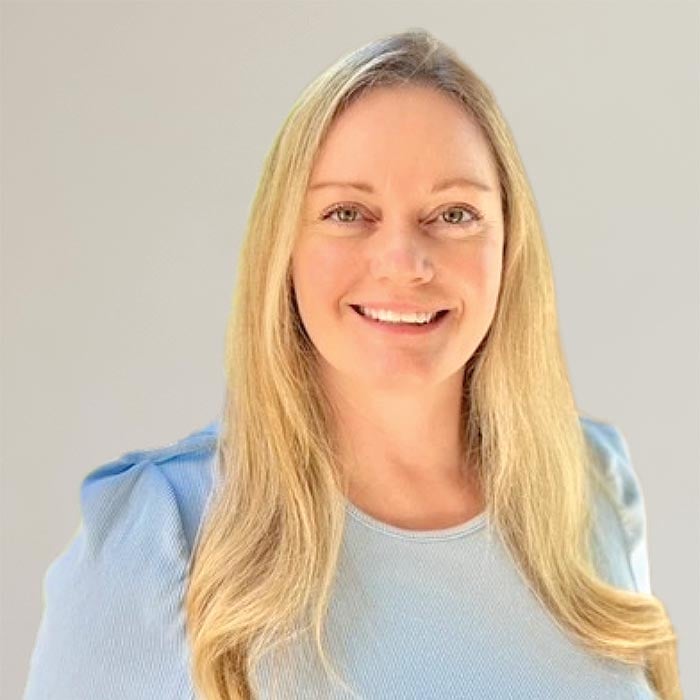Certus Wealth Management provides uniquely customized, comprehensive strategies and insight that help you build a financially secure future.
At Certus, there is one simple goal… to get you closer to your dreams. The name “Certus” translates to authentic, thoughtful, precise, certain, and sure. It’s the type of advice that we are dedicated to providing to our clients. We believe that informed, empowered people make better financial choices. As independent, fiduciary advisors, we are laser-focused on our clients’ best interests. We work closely with you at every step, from assessing your current finances to designing and executing a strategy that fits your needs. We aim to empower all of our clients with the knowledge, perspective, and tools they need to make educated choices.

Joel Van Hofwegen is an advisor and fiduciary with over 20 years of experience helping clients reach their unique financial goals.
Joel founded Certus Wealth Management in 2018. As an independent Registered Investment Advisor (RIA), Certus provides clients with an enhanced service experience – complete with modern liquidity solutions and top-notch technology resources. Understanding that everyone has a finite level of resources, Joel’s objective is to develop customized financial plans so that clients can maximize their opportunities.
Joel is a graduate of Calvin University. He and his wife of 20 years have four children, and love to spend time together and volunteer in their local community. When he is not following the Giants and 49ers, he and his family enjoy spending time outdoors, seeking to experience as much of California’s beauty as possible.

Summer Frisk joined the Certus Wealth Management team in July of 2022, serving as Office Administrator.
Summer has over nine years of experience in the finance industry, particularly in scheduling and correspondence. In her role at Certus Wealth Management, Summer serves as the point person for coordinating client meetings. Detail oriented and hardworking, Summer effectively provides client support, improves operations, and boosts efficiency.
A resident of the Northern California area for the last several years, Summer has also lived in San Diego, Oregon, Washington, and Hawaii. Her interests include traveling, hiking, cooking, spending time with her children, being by the ocean, and enjoying a great cup of coffee.

Michelle McCarthy serves as the Chief Compliance Officer for Certus Wealth Management, coming to us through Dinsmore Compliance Services.
Michelle has 25 years of experience in the financial services industry, including 20 years in wealth management services at a national bank. Through her roles of Director of Operations and Relationship Manager with a local registered investment advisor, Michelle gained experience working directly with clients, providing operational support and training, and supervising client service managers.
Michelle is a graduate of the Kentucky College of Business. She resides in Independence, Kentucky and she enjoys spending time with loved ones, reading a good book, and cheering on her UK Wildcats.
We ground our work in the context of our clients’ lives. Great financial planning starts with strong relationships – we are committed to taking the time to understand your needs and long-term aspirations. Because every client’s circumstances are different, you get a plan that is customized to meet your distinct needs.
When it comes to your money, independent advice matters. The Certus Wealth Management team understands that each individual has a finite level of resources – our goal is to work with you to develop a plan that optimizes YOUR opportunities. We are fiduciaries; this means we have a duty to provide advice that is in your best interest given your circumstances. We never take commissions or other incentives as we are a fee-only advisor.
We equip our clients with effective, actionable advice that helps them make an informed, educated decision. Whether it’s fine-tuning your 401(k) or mortgage contributions, aligning your portfolio’s risk level with your long-term goals, or purchasing a new home with confidence, we give you the specific, grounded advice that you can use. We are proud to offer an excellent client experience, supported by technology resources and modern liquidity solutions that give you flexibility in leveraging the value of your investments.
Financial advice offered through Certus Wealth Management, a Registered Investment Advisor. Information is provided for educational purposes only, does not constitute personalized investment advice, represents the opinions of Certus Wealth Management, and is subject to change without notice.